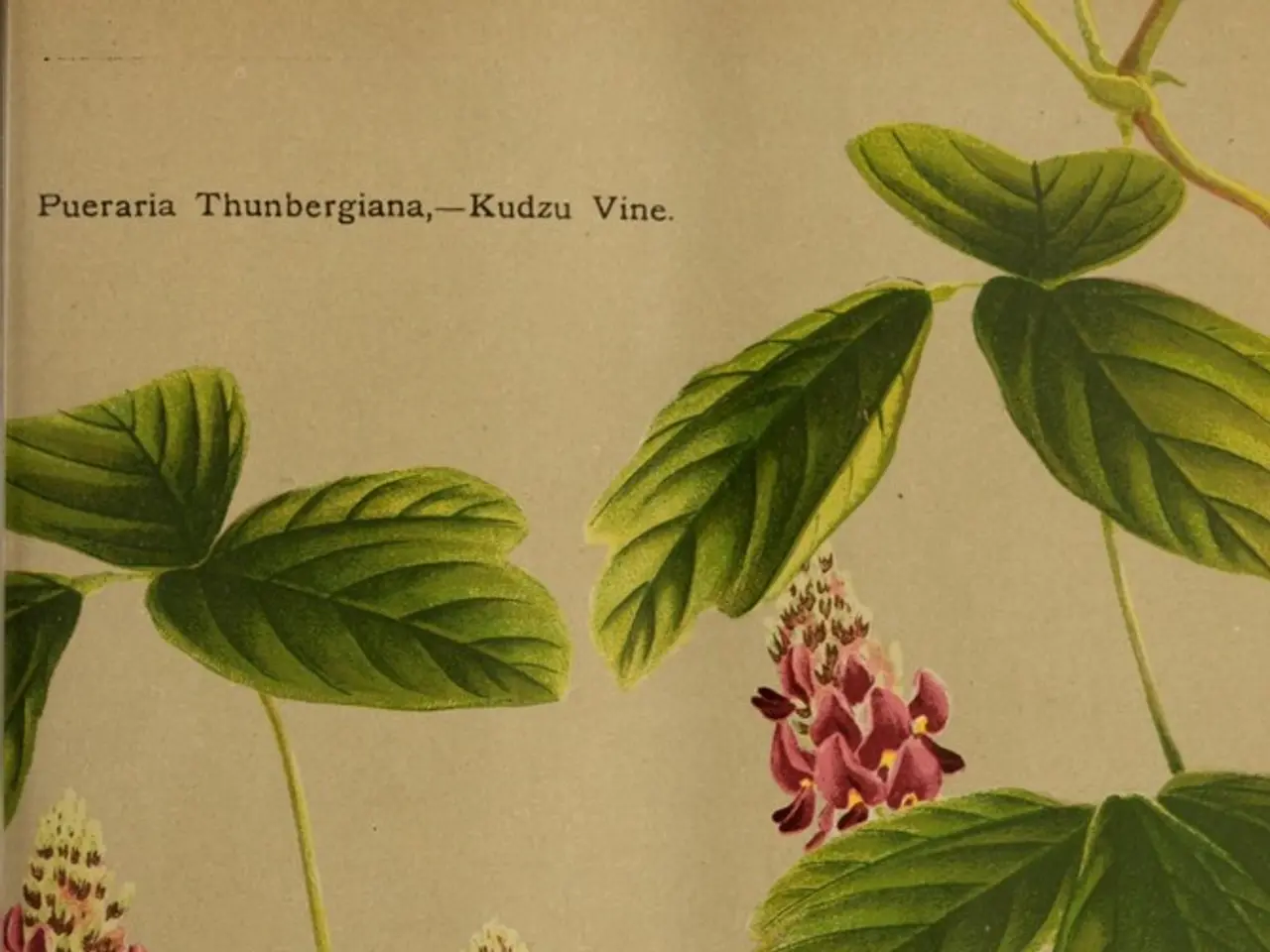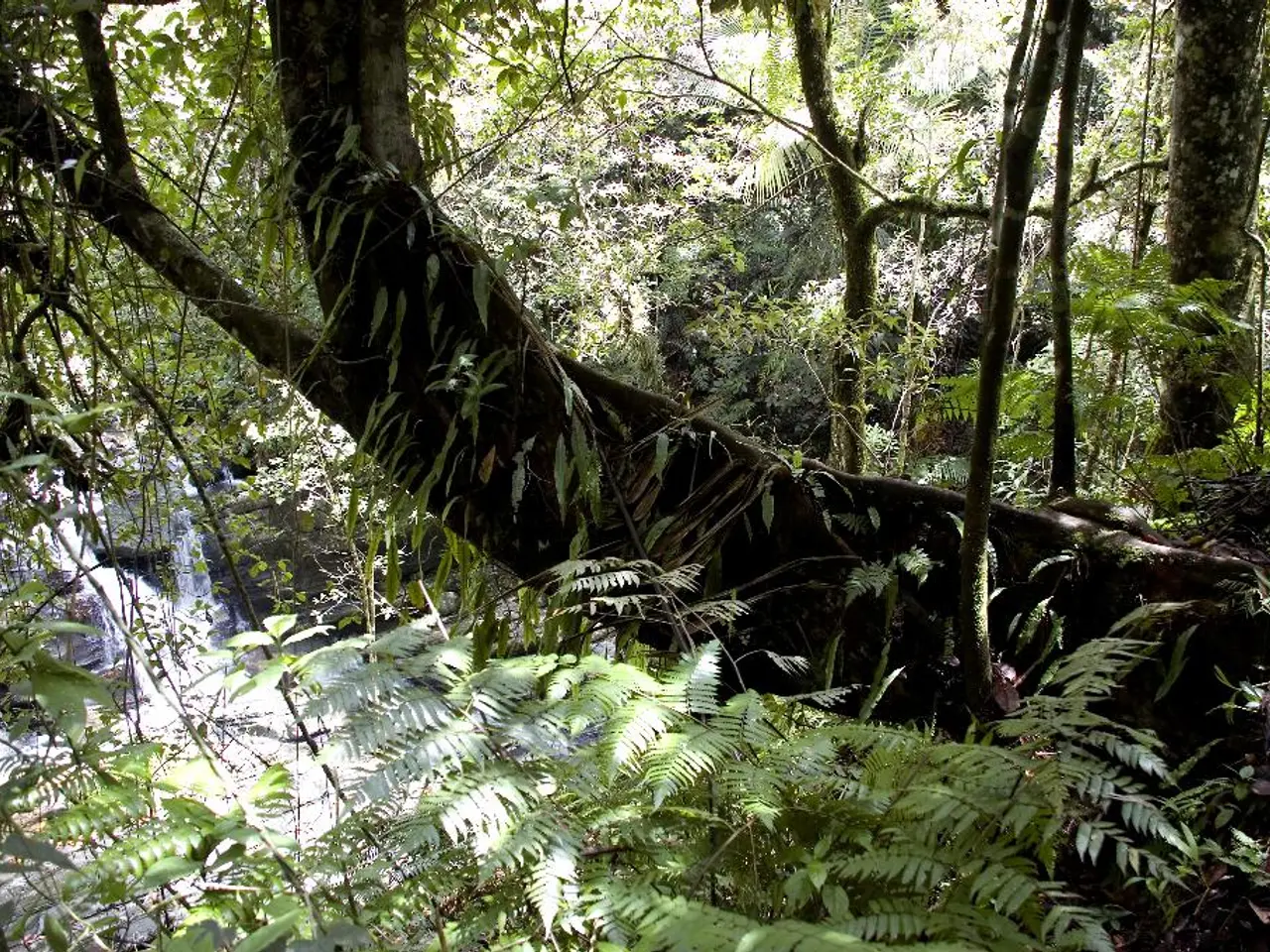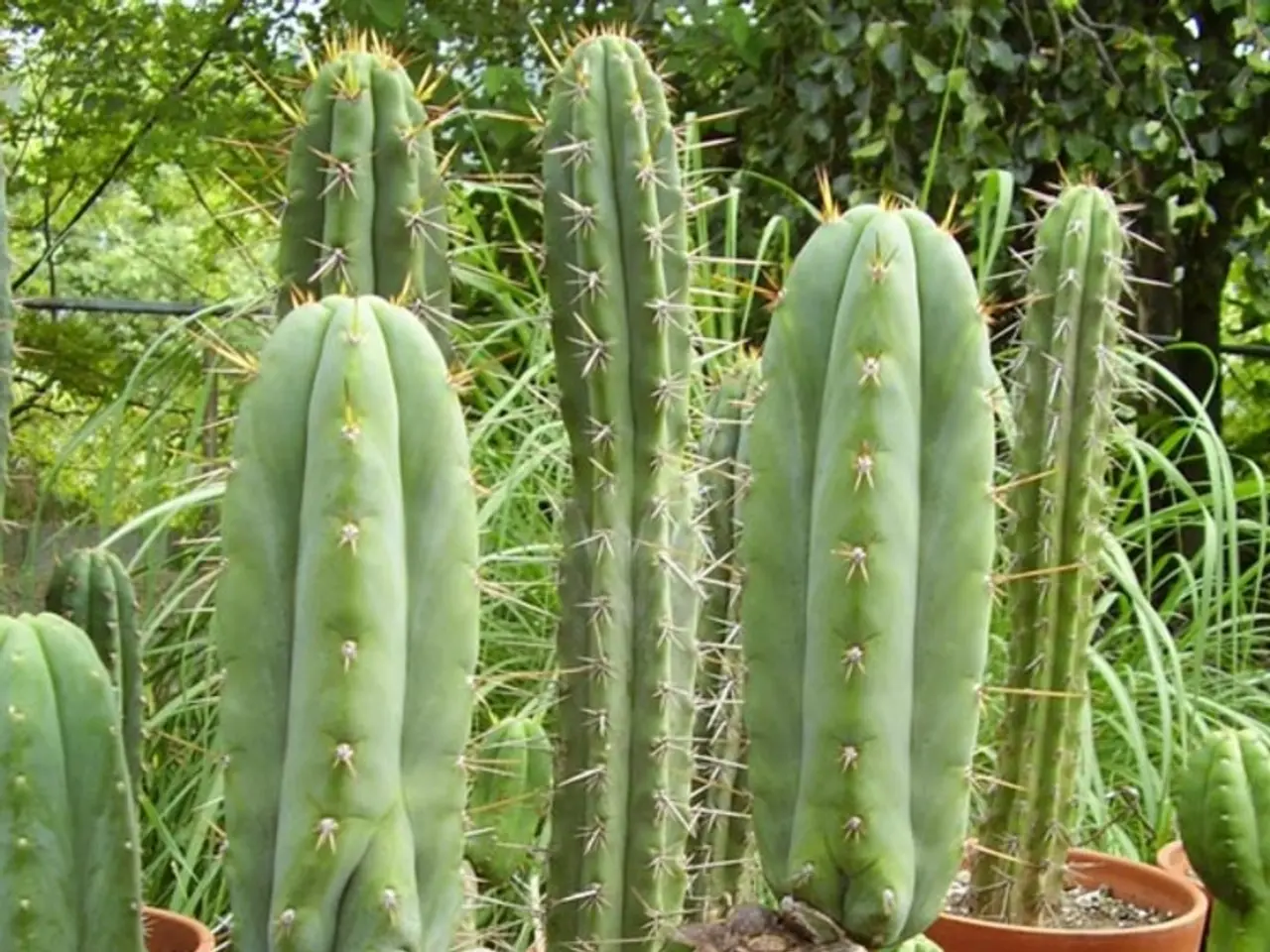Harmful Vegetation to Avoid in Your Backyard:
Safety First: Avoid Toxic Plants in Your Garden
Embrace greenery, but watch out! Certain flowers and plants can cause untold misery if they end up on your plate or in contact with your skin. So, be smart when picking plants for your garden.
Brandon Miller, an assistant professor in the Department of Horticultural Science at the University of Minnesota, stresses the importance of researching any species you plan to plant. Remember, many garden plants come with poisonous parts, and ignorance could lead to nasty consequences for you, your pets, or neighborhood critters.
Let's learn about some common toxic varieties to steer clear of:
1. Monkshood (Aconitum napellus)
Don't let its beauty deceive you. Monkshood, also known as wolfsbane or aconite, boasts unique, deep purple blossoms and buttercup-like foliage. However, this pretty plant's dangerous allure lies in its toxicity—all parts, including roots, stems, leaves, and flowers, are poisonous, especially the pre-flowering leaves, seeds, and roots.
Christine Froehlich, a horticulturist and owner of Gardening With What You Have, warns that monkshood can cause nausea and vomiting if ingested. The toxins in this plant disrupt sodium channels in humans and animals, leading to a string of dangerous gastrointestinal, nervous system, and cardiac issues. To make matters worse, the toxins can even be absorbed through the skin, so steer clear if you see this plant in a garden or the wild.
2. Oleander (Nerium oleander)
Too pretty to be true. Oleander is another plant that may be more trouble than it's worth. Jane Gates, owner and principal designer at Gates & Croft Horticultural Design, admits that oleander is both beautiful and popular in landscapes, but warns that only one or two small leaves can be lethal if eaten by a child or pet.
"Sometimes, fallen leaves can blow into a neighbor's yard and poison a neighboring pet or stock animal," Gates cautions. The entire shrub is poisonous (especially the leaves), and ingestion can lead to vomiting, nervous system issues, cardiac problems, or even death.
3. English Ivy (Hedera helix)
Climbing fences and trellises with ease, but harmful to you and your pets. English ivy has stunning leaves that make it a popular choice for covering fences and trellises, but this plant is toxic and invasive. "Because it is such a quick, easy ground cover that can blanket large areas quickly, it is often used to fill spaces in landscapes all over the country," says Gates.
While it's fine for English ivy to decorate your outdoor areas, avoid consumption. Ingestion of English ivy leaves and berries can cause vomiting, diarrhea, or even a coma in both humans and animals. Sensitive individuals might also experience skin irritation upon contact with the plant.
Other Toxic Plants to Keep at a Distance:
Lily-of-the-Valley (Convallaria majalis)
This lovely ground cover boasts delicate white blossoms and bright red berries, but all parts of the plant can cause abdominal pain, seizures, an irregular or slow pulse, and disorientation if consumed.
Common Rue (Ruta graveolens)
Don't let its delicate yellow blossoms fool you—common rue contains compounds that are toxic, causing severe skin blistering and rash upon contact.
Foxglove (Digitalis purpurea)
This plant's striking, bell-shaped flowers are guaranteed to draw attention, but all parts are poisonous. Consuming foxglove leaves or flowers can slow down the heart or cause irregularities.
Angel's Trumpet (Brugmansia)
Fans of warm climates might be drawn to the pendulous blooms of Angel's trumpet, but this plant is highly toxic, causing seizures, coma, hallucinations, and vision problems if ingested or even touched.
When planning your garden, opt for species that are safe for everyone, and research any plants you're unsure about. Stay safe and enjoy the blooms!
- Martha Stewart, a well-known figure in home-and-garden lifestyle, emphasizes the importance of selecting non-toxic plants for landscaping, considering the potential hazards some gardening options may pose.
- Brandon Miller, an expert in horticultural science, suggests investigating lesser-known toxic plants like the common rue (Ruta graveolens), a seemingly delicate yet problematic plant due to its capability to cause severe skin blistering and rash upon contact.
- As you consider various gardening options for your lifestyle, it is crucial to steer clear of poisonous plants like the Angel's trumpet (Brugmansia), a tropical plant that can induce hallucinations, coma, and vision problems upon ingestion or even touch.




